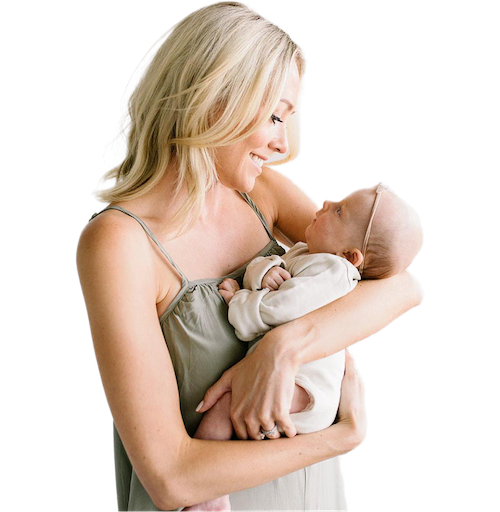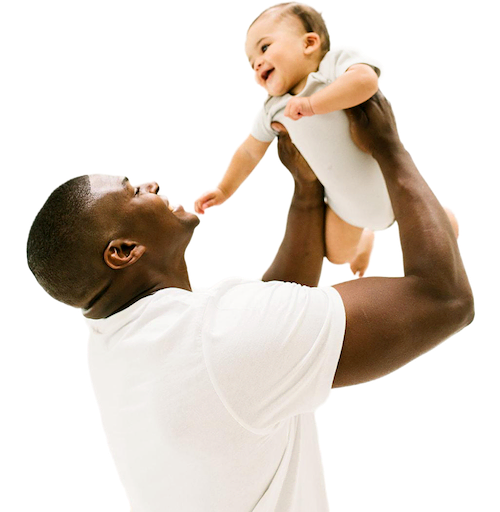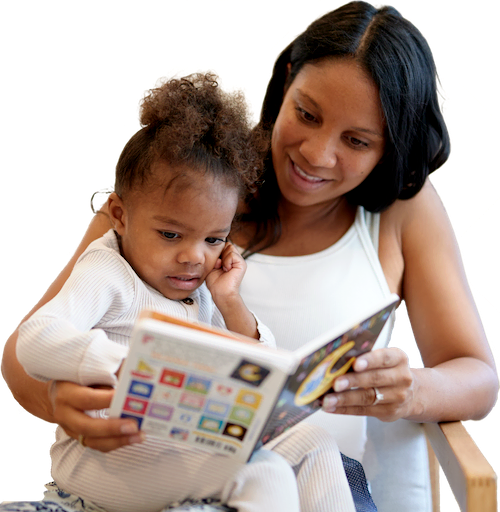Wouldn't it be nice if your newborn could just tell you that she was ready for a nap? Guess what!?! SHE CAN! While your little one doesn't use actual words yet, she does offer signs and signals to show you that her little body is ready for sleep. It’s all about understanding newborn sleepy cues.
Sleepy cues are the signs your baby uses to communicate that he’s tired, ready for a nap, or overtired.
Here’s what sleepy cues can look like: anchor

Do you see how the sleepy cues progress and intensify? Sometimes this happens gradually. You might notice “the stare,” then the yawning starts, and eventually, she might start crying. Other times, your little one may seem to move from tired to overtired in the blink of an eye. Notice the “ready for a nap” sweet spot in the middle. In order to have time to get your baby swaddled and ready for a nap by that sweet spot in the middle, we usually need to start heading in that direction when you see those “I’m Tired” cues.
Want to see this with real babies? Watch this.
Important Note: Your baby probably won’t demonstrate every single cue on this graphic. Maybe she has an intense and focused stare but never has flushed brows. She might become fussy without ever rubbing her eyes. You may even notice sleepy cues that aren’t listed on this graphic. The more you observe your little one, the easier it will become to recognize her unique sleepy cues.
What if I never see sleepy cues?anchor
That can happen! In the busyness of life, sleepy cues can be easy to miss. Maybe you're finding that you don’t notice any sleepy cues until you’re already in the “I’m Overtired” stage.
So, what can you do?
One way to help prevent an overtired newborn is to know about your baby’s wake windows. A wake window is the amount of time your baby is awake between one nap and the next. A typical wake window for a newborn is 60-90 minutes. Aiming for full, age appropriate wake windows will help your baby to fall asleep easily and stay asleep longer. With newborns, we are going to really focus on sleepy cues over the time on the clock. But, being mindful of your baby’s wake windows will help you know when to look for those sleepy cues.
What if my newborn is showing sleepy cues before hitting a full wake window?anchor
Our goal is to aim for a full wake window without pushing your baby to overtiredness. Some babies may briefly yawn or look away when they simply need a break from interaction or if they are ready for something new.
If it hasn’t been close to a full wake window and your baby is flashing sleepy cues, try changing his environment. Do something different like going outside or try to incorporate a different type of newborn play. Sometimes a change of scenery or activity is enough to re-engage him and hit that full wake window.
If after a few minutes, your baby is still showing cues or progressing to “I’m ready for a nap!” go ahead and offer him a nap. We are meeting your baby right where he is developmentally.
What age do babies stop showing sleepy cues? anchor
Babies, toddlers, and adults all have sleepy cues. They never really “stop,” but they do change and become less reliable in telling us when a nap or bedtime should happen. Sleepy cues tend to be the most helpful in the newborn stage. As your baby gets older, we need to balance sleepy cues with age-appropriate wake windows. Why? We want to be sure your baby is tired enough to sleep well without pushing them to overtiredness.
What do I do if my baby is overtired?anchor
Sometimes, even with the best intentions, we miss the sweet spot and baby becomes overtired. When this happens, your little one may fight that nap he desperately needs. You may notice that later in the day it can be easier to miss those cues. That’s one of the reasons that we can so easily end up seeing "colic" symptoms during the witching hour. If you find yourself with an overtired baby, here are a few tips to help:

If you missed the sleepy cues this time, that’s okay! Give yourself some grace. You can try again at the next nap or bedtime.
If sleep always seems hard, I have classes that can help. In my Will I Ever Sleep Again? newborn class, I'll build on this idea of sleepy cues and show you how to lay a healthy sleep foundation for your baby. My goal is for you to truly LOVE the newborn stage!
Keep in mind that the information and content on this blog is for informational purposes and should not be considered medical advice. If you have questions about your child, please reach out to your doctor.








